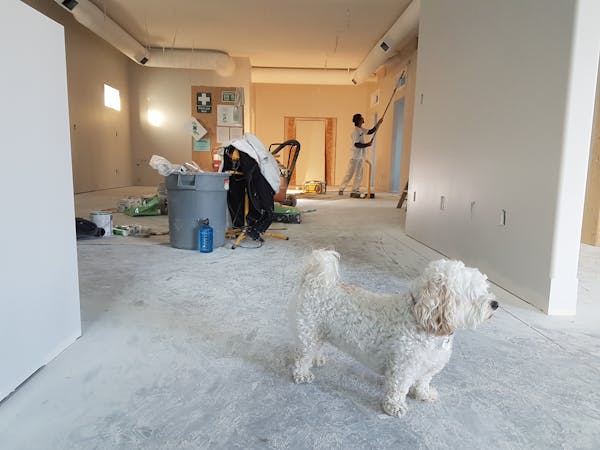Home repair is the act of repairing, renovating or improving any aspect of a dwelling. Some tasks may require professional assistance, especially those involving dangerous tools and procedures.
Despite the glamour of shows like Fixer Upper, DIY home repairs can be dangerous. Taking on a project you are not qualified for can result in costly consequences, including injuries and property damage. Read this to find out more.
Budgeting
Home repair involves the diagnosis and resolution of problems in a home, and it can include everything from unclogging a drain to replacing a roof. Some types of home repair can be done on your own, while others may require the help of a professional.
Home maintenance costs can be challenging to predict, especially if you’re a new homeowner. Fortunately, there are some common rules of thumb that can help you plan for home maintenance costs.
The 1% rule of thumb suggests that you should set aside 1% of your home’s value each year for repairs and maintenance. This is a good place to start, but it’s important to consider other factors that can affect your home maintenance costs.
For example, labour costs vary by region, and the cost of replacement parts can also impact your budget. You can also look into government programs that could help you afford home maintenance costs. Some of these programs can even give you a grant to cover the costs of home repairs.

Free Estimates
When a homeowner is considering a home renovation project, they often ask for free estimates. These can be provided by phone or an in-person meeting. But they are not a good substitute for a quote, which is legally binding and includes detailed breakdowns of materials and labor costs.
It takes a lot of time and energy for a contractor to prepare a thorough estimate, so they only offer them if they believe the prospective client is seriously inquiring about a potential project or service. Otherwise, the clients may be shopping around for the best deal and not committed to hiring them at all.
Often, free estimates include allowances that are too low to provide the quality of work that clients expect. This leads to scope creep and unexpected charges down the road. In contrast, high-quality quotes use an in-depth design process and accurate estimating methods to prevent these risks. They also include a detailed proposal and a fixed price.
Quotes
Once you’ve hired a professional, he or she will provide a free estimate that serves as a guideline. But when it comes time to get started, you will want a written quote, which will include detailed breakdowns of materials and labor costs as well as a project timeline. When comparing quotes, look at the line items with a fine-tooth comb to be sure they are all covering the same services. If one isn’t, ask questions about why.
Thumbtack’s home repair estimates, called Home Repair Estimates, are prepared by industry experts and are available within 24 hours — right from your inspection report. You can also share access to the reports with family, real estate agents, or anyone else you’re working with. It’s a great way to negotiate the best price for your home and ensure you aren’t getting taken advantage of.
Tools
A well-stocked toolbox can make home repair projects less stressful and more manageable. However, it’s important to choose the right tools for each job. A basic toolkit is suitable for most repairs, but it’s best to build your collection over time.

The most basic tool in any toolkit is a hammer. This versatile tool is cheap, easy to use, and essential for everything from hanging pictures to rehanging shelves. Look for a hammer that has either a straight or curved claw and a fiberglass or metal handle.
Screwdrivers are another must-have for home repairs. A set that includes both flathead and Phillips heads in a variety of sizes is ideal.
A good pair of pliers is also a must-have for home repair. Pliers come in a variety of shapes and sizes, but the most useful are needle-nose and locking pliers. Other essentials include a utility knife, a power drill, a rafter square, and a keyhole saw.